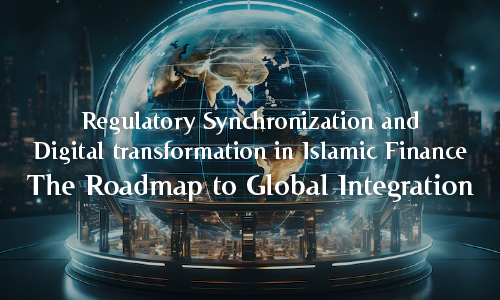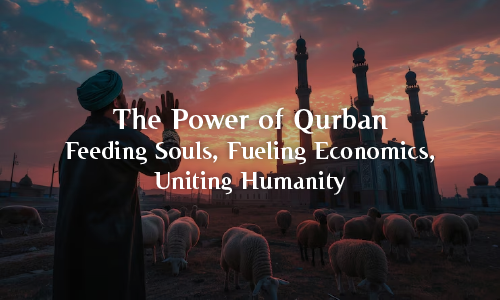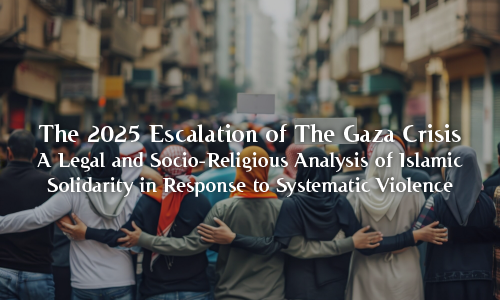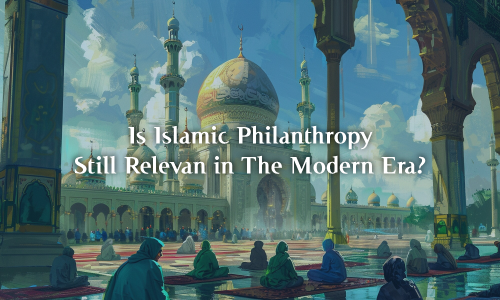
Summary: The celebration of Eid al-Fitr (Lebaran) in 2025 holds significant economic implications for Indonesia, impacting money circulation, consumer behavior, and various sectors. Despite its traditionally positive economic impact, marked by increased domestic consumption, heightened transactions, and a surge in mobility due to the mudik (homecoming) tradition, the economic outlook for Lebaran in 2025 reveals notable shifts. The total money circulation during the period is projected to decrease to Rp137.9 trillion, down from Rp157.3 trillion in 2024, driven by weakened consumer purchasing power and increased layoffs, particularly in the manufacturing sector. The number of mudik travelers is also expected to decline by 24%, reflecting these economic pressures. The transportation, retail, and tourism sectors are facing challenges, as reduced consumer spending and increased prices dampen demand. In response, the government has implemented policy interventions such as transportation subsidies, national online shopping campaigns, cash social assistance, electricity discounts, and tax exemptions aimed at mitigating economic strain and stimulating consumption. Additionally, initiatives to promote domestic products and support small businesses (UMKMs) are crucial in maintaining economic stability. While these measures offer relief, shifting consumption patterns indicate that long-term strategies are required to maintain Lebaran's positive contribution to Indonesia's national economic growth.
Introduction
The celebration of Eid al-Fitr, or Lebaran, is not only a significant religious and social event but also plays a crucial role in shaping the national economic landscape. Each year, this holiday is marked by increased domestic consumption, heightened transactions across various industries, and a surge in population movement, particularly due to the tradition of mudik (homecoming). However, the economic patterns observed during Lebaran in 2025 reveal notable shifts, reflecting broader macroeconomic trends.
Eid al-Fitr, while a religious celebration, also has considerable economic consequences. During this period, a substantial volume of money circulates, both prior to and during the holiday. This includes increased consumer spending, a surge in activity across different sectors, and elevated population mobility driven by the mudik tradition. Additionally, commodity prices tend to rise, digital transactions see significant growth, and…

















